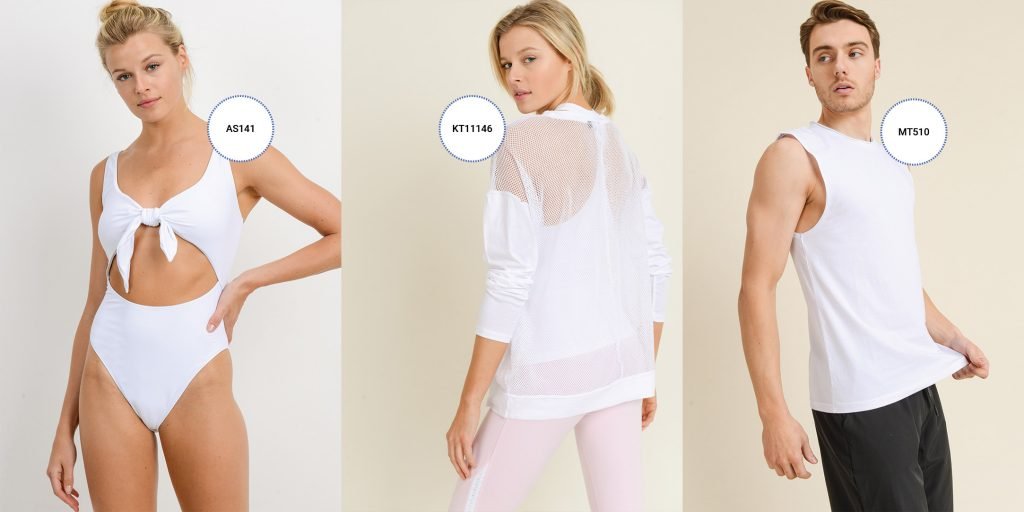(Original article was published on monobclothing.com/blog on May 17, 2019.)
You may have heard the idea that we shouldn’t wear white after Labor Day and before Memorial Day. We’ve scoured the Internet and here are the reasons not to wear white before Memorial Day:
- Nothing.
- Nada.
- Zilch.
In all fairness, some people did (and do) not wear white between September and May. And in all fairness, there are some practical as well as totally classicist reasons that may or may not have been true.
Memorial Day is generally accepted as the beginning of summer, whilst Labor Day marks its end. (Shop Mono B’s #MemorialDay curated collection).
Valerie Steele, the fashion historian, curator, and director of the Museum at the Fashion Institute of Technology comments that “There used to be a much clearer sense of re-entry [between the changing seasons]. You’re back in the city, back at school, back doing whatever you’re doing in the fall – and so you have a new wardrobe.”
But exactly how this fashion rule appeared is murky.
Seasons Change
One explanation is the seasons. White (and its ilk such as ivory or ecru and other pastel colors) reflects light and heat. This is why in summer, when the sun is super bright, wearing white is such a life-saver. This was especially true before AC was invented.
“Not only was there no air conditioning, but people did not go around in T-shirts and halter tops,” Judith Martin, also known as the etiquette columnist Miss Manners, tells Time. “They were what we would now consider fairly formal clothes.” Meaning, people walked around in blazers and shirts and skirts or pants. Wearing white was not only accepted – it was a way to survive.
When summer ends and rain starts and the streets become muddy, people opt for darker colors because dirty doesn’t show that prominently on dark-colored clothes. What’s more, dark colors absorb light and heat, a win-win solution to both keeping warm and not looking dirty.
Clash of the Classes
Another supposed reason that gave birth to the no-white-rule is elitism. Panama hats and light-colored linens give out leisure vibes, and leisure is a luxury that a lot of the working class (those not in the upper class) can’t afford. “If you look at any photography of any city in America in the 1930s, you’ll see people in dark clothes,” says Charlie Scheips, author of American Fashion. These are the working class, hurrying off to their jobs.
In the 1950s, as the working class earned more money and the nouveaux riches tried to elbow their way into the upper-class society, the old elite imposed certain rules to keep these newly minted rich people away. And yet, the nouveaux-riches crowd wanted to fit in, and so they played the games of the table manners and no-whites-in-certain-months.
But again, many of the fashion rules are meant to be broken, and we’ve seen a lot of bloggers telling people to not wear leggings with certain shoes or jackets or shirts. And nowadays, although white and bright clothes are a tad more difficult to maintain and wash than their darker counterparts, there is almost no reason to not wear white all year round.
